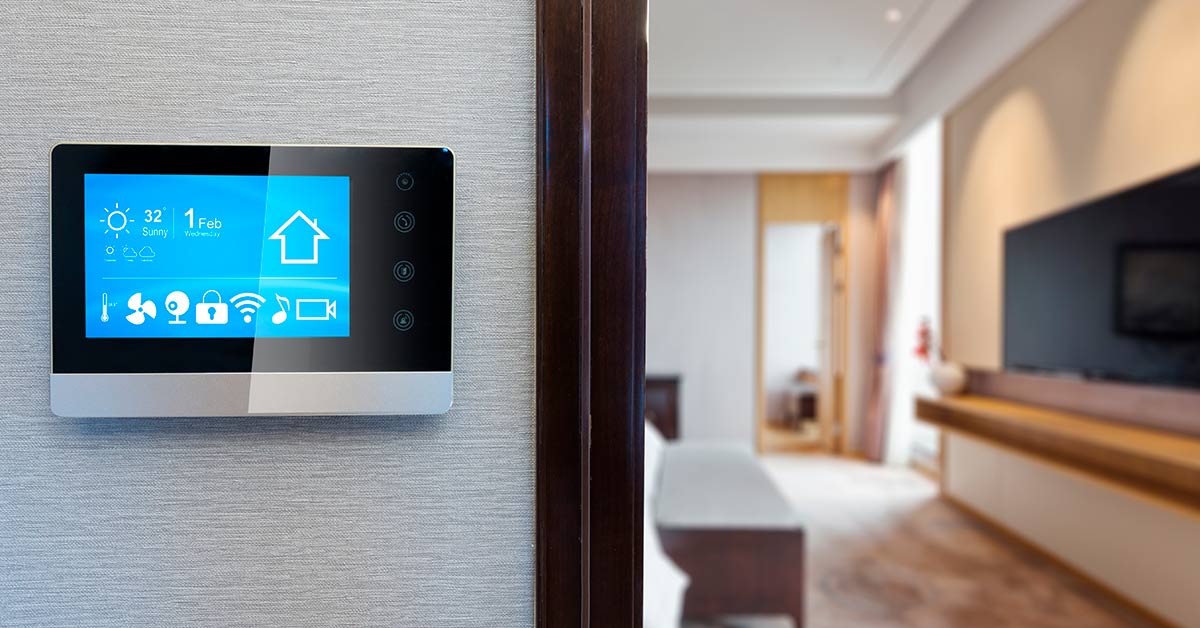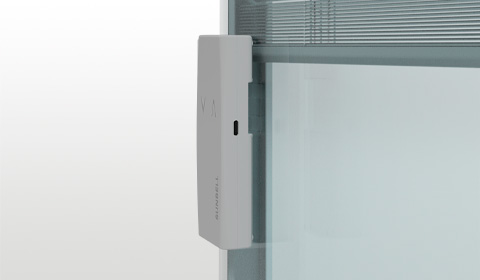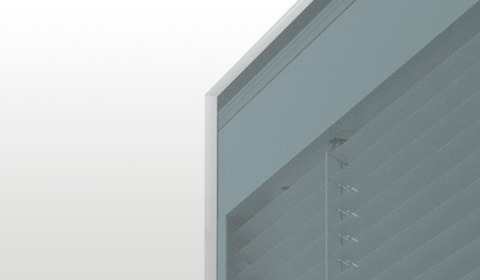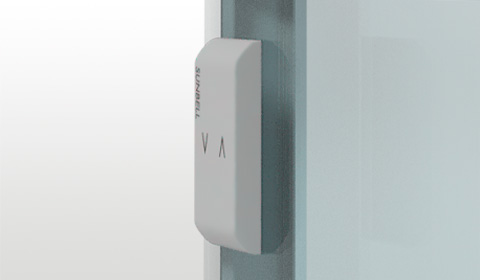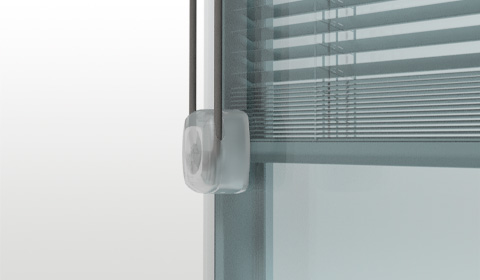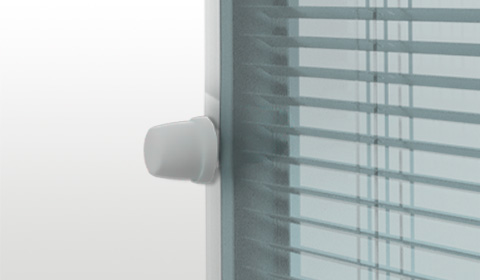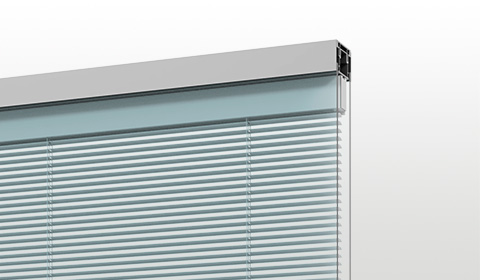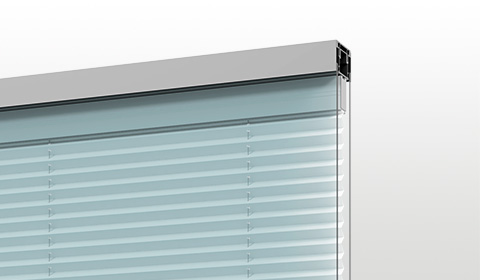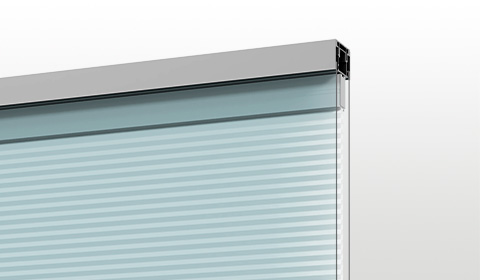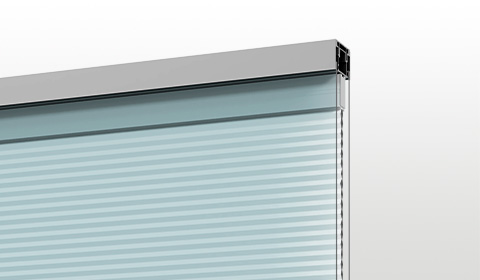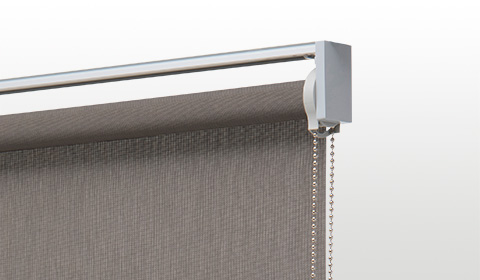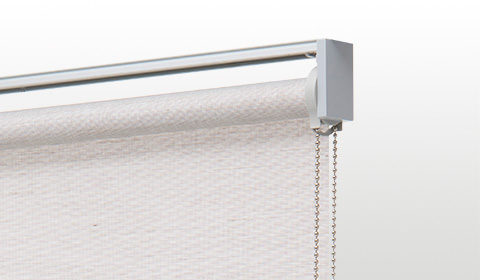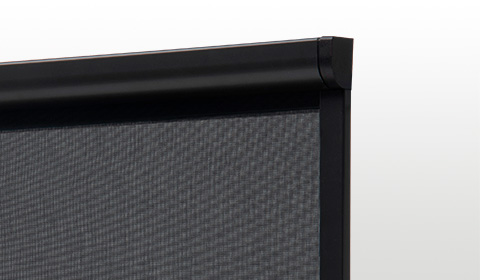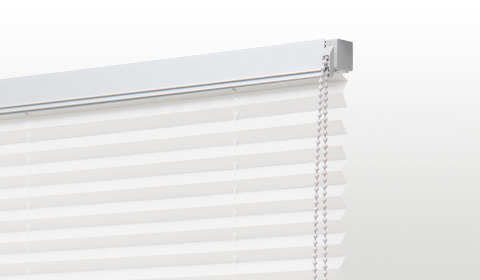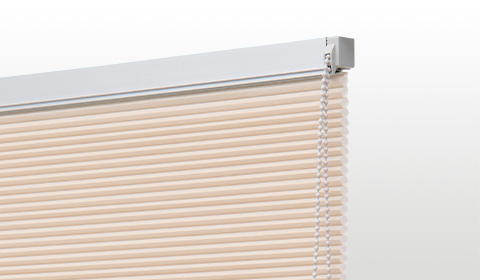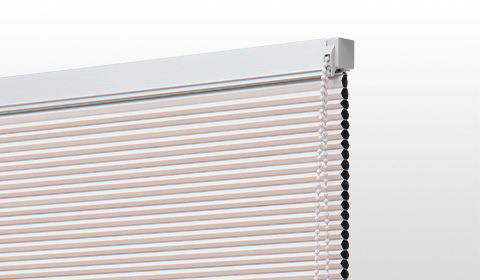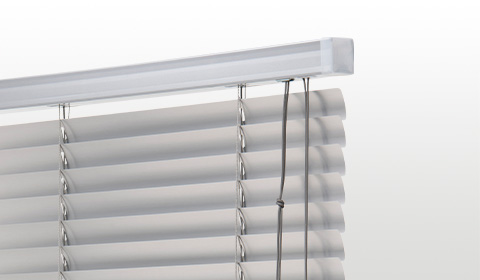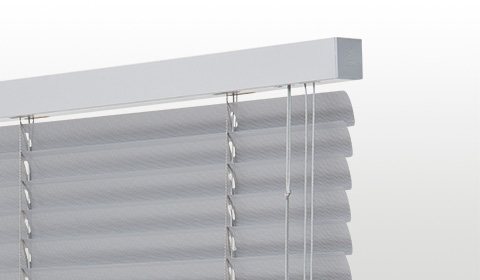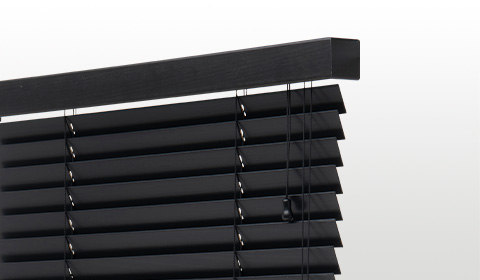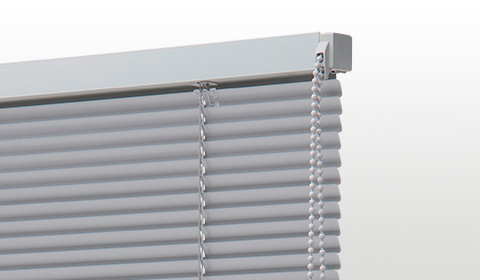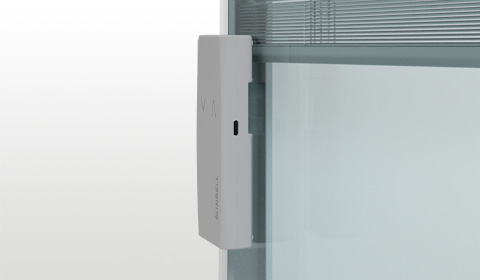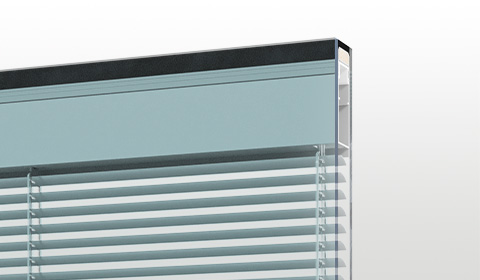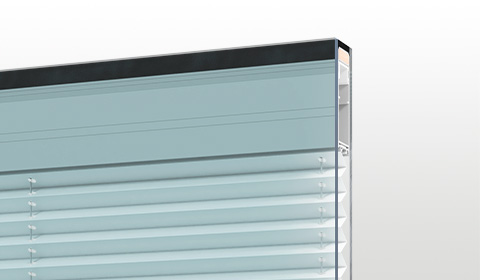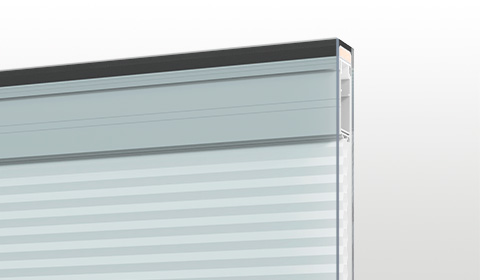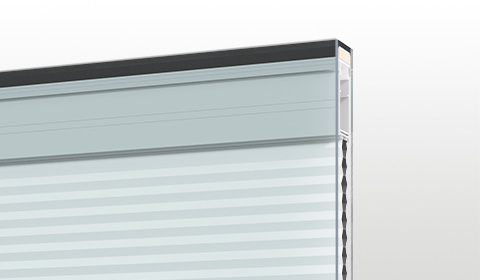Concepts like renewable energies, environmental sustainability, living comfort and green building are used more and more frequently nowadays, so let’s take a look at what these concepts mean in the context of a Smart Home.
A sustainable Smart Home is an architectural project designed to minimize the negative impact of the building on the environment thanks to the use of renewable resources.
Unfortunately, the importance of energy savings and the reduction of house consumptions are still not perceived as priorities in many countries.
The idea of having many different products available and systems to enjoy a sustainable, planet-friendly Smart Home while also benefit from tax brakes and support from governments seems, unfortunately, still far from reality.
However building a sustainable Smart Home is possible and even if it might look like an expensive and demanding project, the reality is that in the long term it will bring you financial benefits and will undoubtedly help the wellbeing of our planet.
Characteristics of Smart Homes
In order to create a sustainable home that won’t require a large energy supply to function, there are fundamental characteristics to respect as, for example, the choice of materials to use during its construction.
Wood is undoubtedly the quintessential renewable material thanks to its ability to process CO2.
Glass is also an important material to guarantee thermal and acoustic comfort.
However, the selection of right products built with certified materials, like window fixtures and solar shielding systems, is an added value not to be underestimated.
Window fixtures are the connecting point between the exterior and interior of a house, and they need to be performing, certified and installed by expert professionals.
The same applies to solar shielding technologies, perfect for optimising energy consumptions.
The other peculiarities that a Smart Home needs to have are:
- be performing and sustainable in all its elements;
- consume less energy;
- be efficienct while also producing economical, social and environmental value.
Requirements to create a Smart House
A highly sustainable Smart House should offer several benefits in terms of efficiency, comfort, safety and convenience.
The key objectives in building a Smart Home should be:
- Having a shape and orientation that will help access to natural light and ventilation, reducing energy needs.
- Reduce costs and time of construction, maximising the level of thermal, acoustic and visual comfort.
- Promote the use of advanced and highly efficient automated systems for rainwater harvesting and integration of renewable energies.
- Modern energy management systems that can take advantage of home automation technologies
This is the house of the future which will fully integrate the interior and exterior of your home.
Living comfort and home automation systems
Environmental sustainability, the use of renewable energies and also the integration of home automation systems to improve living comfort are extremely important in a Smart Home.
We mentioned already how windows have a key role here, as they guarantee thermal and acoustic comfort.
Windows and many other features of your home should be able to connect to a home automation system capable of controlling your house devices remotely. This will help you regulate your home temperature, open and close the windows, manage your ventilation systems, etc.
Sunbell and energy savings
Sunbell wants to achieve maximum performance with its products to guarantee efficiency and energy savings thanks to the constant development of window blinds capable of providing aesthetic elegance, functionality, savings and long durability over time.
Sunbell’s products and their perfect fusion between innovation and design offer quality, originality, innovative and technological advanced systems as well as craftsmanship.
From double glazing blinds – also available in automatic models powered by photovoltaic panels – to classic wooden Venetian blinds, you will be spoiled for choices if you want to make your home more sustainable and guarantee a high living comfort and energy savings.

